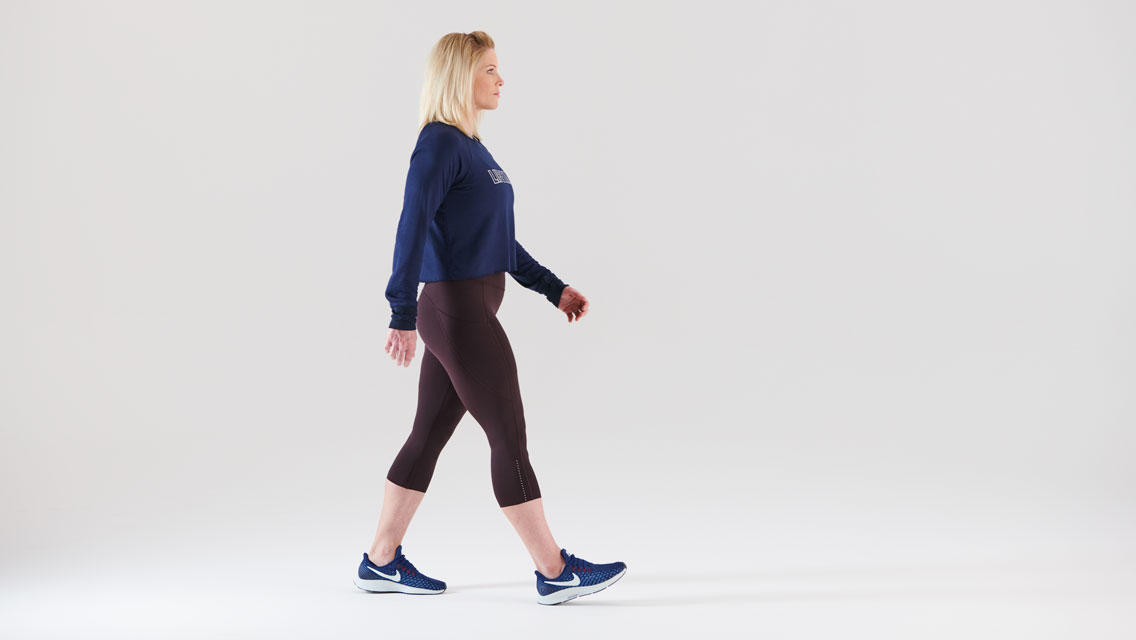Going for a brisk walk on a regular basis may rewire vital parts of the aging brain that have long been thought to resist improvement, according to recent research.
The brain’s white matter, whose nerve fibers connect neurons, is prone to losing volume and developing lesions that can damage cognitive function as we grow older. And researchers have historically considered it to be less adaptable to lifestyle changes than gray matter. But a team including Colorado State University neuroscientist Agnieszka Burzynska, PhD, suspected it might respond to certain types of physical activity.
In a study published in NeuroImage, the team recruited 247 generally healthy, but sedentary, older adults. After measuring their baseline fitness and cognitive abilities — including their white-matter functionality — the researchers split the volunteers into three groups that gathered three times a week for specific activities. An active control group focused on stretching and balance training, a second group walked at a challenging pace for 40 minutes, and a third practiced line dancing and choreography.
Six months later, Burzynska and her colleagues once again checked each participant’s fitness and cognitive ability and were not surprised to find that those in the walking and dance groups had improved their aerobic capacity and cognitive function.
Using a sophisticated MRI scan, the scientists also discovered improvement in the white matter of those participants’ brains: The nerve fibers had expanded and tissue lesions had diminished. The changes were most pronounced in the walkers, who also scored better than the dancers on memory tests.
The control group, meanwhile, fared worse. Scans showed increased damage to participants’ white matter, and they scored lower on cognitive tests.
More study is needed, Burzynska acknowledges, but “the findings suggest that the white matter in the adult brain retains plasticity in vulnerable regions.” That alone may be enough motivation to get us outside more often for a walk.
This article originally appeared as “Rx for the Aging Brain: Take a Walk” in the January/February 2022 issue of Experience Life.






This Post Has One Comment
Thanks for the inspiration to get outside more.